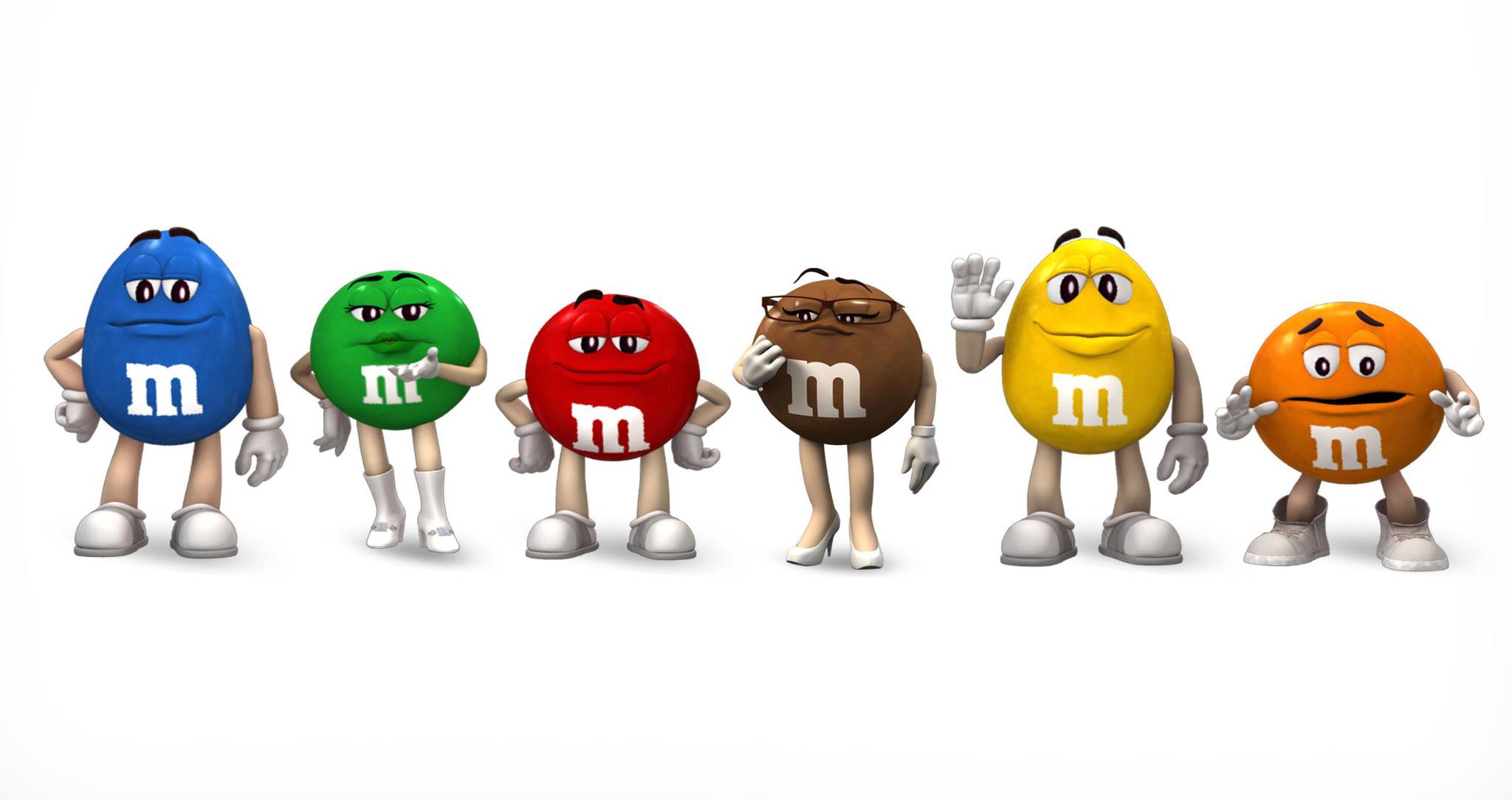Unlocking The World Of MMS Videos: Your Ultimate Guide
Hey there, tech enthusiasts! If you've ever wondered about MMS videos and how they fit into our digital world, you're in the right place. MMS videos have become a staple in modern communication, allowing people to share short clips with friends, family, and even colleagues. Whether it's a quick video of your dog doing something cute or a work-related clip, MMS videos make sharing easier than ever.
Now, before we dive deep into the nitty-gritty, let's talk about why MMS videos matter. In today's fast-paced world, visuals speak louder than words. And when it comes to sharing those visuals, MMS videos provide a seamless way to connect. They're not just about entertainment; they're about staying connected and expressing yourself through moving images.
So, whether you're here to learn more about how MMS videos work, their benefits, or even some tips and tricks to make the most out of them, we've got you covered. Let's get started and explore this fascinating world together!
- Dee Dee Blanchard Crime Photos The Disturbing Story Behind The Headlines
- Shawntia Hardaway Rising Star In The Spotlight
What Are MMS Videos Anyway?
MMS stands for Multimedia Messaging Service, and it's essentially the next level up from SMS (Short Message Service). While SMS lets you send text messages, MMS takes things further by allowing you to send multimedia content like images, audio files, and—you guessed it—videos. MMS videos are short clips that you can send to someone over your mobile network.
They're not just limited to personal use either. Businesses leverage MMS videos for marketing campaigns, customer service, and internal communication. Imagine getting a promotional video straight to your phone without having to download an app or visit a website. Convenient, right?
How Do MMS Videos Work?
Alright, let's break it down. When you send an MMS video, your phone sends the file to your carrier's MMS center. From there, the center forwards the message to the recipient's carrier, which then delivers it to their device. Pretty straightforward, huh? But here's the catch: the size of the video matters. Most carriers have limits on how large an MMS message can be, usually around 1-2 MB.
- Is Jungkook Gay Exploring The Rumors Facts And Fan Theories
- Ashleyyyreyyy Nudes The Truth Behind The Viral Sensation And Her Journey
Pro tip: If your video is too big, try compressing it or trimming it down to fit within the carrier's limits. There are plenty of apps and tools out there that can help with that.
Common File Formats for MMS Videos
- MP4 – The most widely supported format
- 3GP – Often used in older phones
- MPEG – Still around but less common
Not all devices support every format, so sticking to MP4 is usually your safest bet. It's compatible with most smartphones and ensures that your recipient can view the video without any issues.
Benefits of Using MMS Videos
So, why should you bother with MMS videos when you could just use social media or messaging apps? Well, there are several advantages to using MMS for video sharing:
- Direct Delivery: MMS videos go straight to the recipient's inbox, no need for them to open an app or follow a link.
- Instant Access: Once received, the video is ready to play. No waiting for downloads or buffering.
- Privacy: Unlike social media, MMS videos are private by default. Only the sender and recipient can see them.
These benefits make MMS videos ideal for situations where you want to share something quickly and securely.
Limitations and Challenges
Of course, nothing is perfect, and MMS videos come with their own set of limitations. For starters, the file size restrictions can be a pain, especially if you're trying to send a high-quality video. Plus, not all phones handle MMS videos equally well. Some older models might struggle to play certain formats or resolutions.
Another challenge is network coverage. If the recipient is in an area with poor signal, they might not receive the video right away—or at all. But hey, no system is flawless, and MMS videos still offer a lot of value despite these drawbacks.
Tips to Overcome MMS Video Limitations
- Keep your videos short and sweet.
- Compress large files to fit within carrier limits.
- Test different formats to see what works best for your audience.
By following these tips, you can minimize the impact of MMS video limitations and ensure that your messages get through loud and clear.
History of MMS and Its Evolution
To truly appreciate MMS videos, it helps to understand where they came from. MMS was first introduced in the early 2000s as a way to enhance SMS messaging. Back then, phones were nowhere near as advanced as they are today, but even so, people quickly embraced the ability to send pictures and videos alongside text.
Over time, MMS has evolved to support higher resolutions, longer videos, and even interactive content. Today, it's an integral part of mobile communication, used by millions of people worldwide. And while newer technologies like WhatsApp and iMessage have taken over in some areas, MMS remains a reliable option for many.
Who Uses MMS Videos?
You might be surprised to learn just how diverse the user base for MMS videos is. Sure, everyday folks use them to share moments with loved ones, but businesses and organizations also rely on MMS for various purposes:
- Marketing: Companies use MMS videos to promote products, announce sales, and engage customers.
- Education: Teachers and educators send instructional videos to students via MMS.
- Healthcare: Doctors and nurses use MMS to share patient updates or treatment instructions.
See? MMS videos aren't just for fun—they're a versatile tool with applications across multiple industries.
Data and Statistics on MMS Usage
According to recent studies, MMS usage continues to grow steadily, with billions of messages sent each year. In fact, one report found that MMS open rates are significantly higher than email, making it a powerful channel for reaching audiences.
And when it comes to videos specifically, the numbers don't lie. Video content tends to perform better than text-only messages, with higher engagement rates and longer viewing times. It's no wonder businesses are investing in MMS video campaigns to boost their marketing efforts.
How to Create and Send MMS Videos
Creating and sending MMS videos is easier than you think. Here's a quick step-by-step guide:
- Record your video using your phone's camera.
- Open your messaging app and start a new message.
- Tap the attachment icon and select your video file.
- Enter the recipient's phone number and hit send.
That's it! Your video will be on its way in no time. Just remember to check the file size before sending to avoid any issues.
Best Practices for MMS Video Creation
- Keep it concise—aim for videos under 15 seconds.
- Use bright colors and engaging visuals to grab attention.
- Add captions or text overlays for clarity.
Following these best practices will help you create MMS videos that resonate with your audience and drive results.
Security and Privacy Concerns
As with any form of digital communication, security and privacy are important considerations when using MMS videos. While MMS is generally secure, there are still risks to be aware of:
- Interception: MMS messages can potentially be intercepted during transmission.
- Phishing: Scammers may try to trick you into clicking malicious links disguised as MMS videos.
To protect yourself, always verify the sender's number and avoid clicking on suspicious links. Additionally, consider using encryption tools if you're sharing sensitive information.
Future of MMS Videos
So, where is MMS headed in the future? As technology continues to advance, we can expect MMS videos to become even more sophisticated. Features like augmented reality and AI integration could revolutionize the way we use MMS, offering immersive experiences and personalized content.
But regardless of what the future holds, one thing is certain: MMS videos will remain a vital part of our digital landscape for years to come. Their simplicity, accessibility, and effectiveness make them indispensable in both personal and professional settings.
Trends to Watch in MMS Video Development
- Increased support for higher resolutions and longer videos.
- Integration with emerging technologies like 5G and IoT.
- Greater emphasis on security and privacy features.
Stay tuned for these exciting developments and see how they shape the future of MMS videos!
Conclusion: Why MMS Videos Matter
In conclusion, MMS videos offer a powerful way to connect with others through visual content. From personal use to business applications, their versatility and convenience make them an essential tool in our digital toolkit. By understanding how MMS videos work, their benefits, and potential challenges, you can make the most out of this incredible technology.
So, what are you waiting for? Start exploring the world of MMS videos today and discover all the amazing things they can do for you. And don't forget to share your thoughts in the comments below or check out our other articles for more tech tips and insights. Happy messaging!
Table of Contents
- What Are MMS Videos Anyway?
- How Do MMS Videos Work?
- Benefits of Using MMS Videos
- Limitations and Challenges
- History of MMS and Its Evolution
- Who Uses MMS Videos?
- How to Create and Send MMS Videos
- Security and Privacy Concerns
- Future of MMS Videos
- Conclusion: Why MMS Videos Matter
- Lloyd Kwanten The Unsung Hero Of Indonesian Music Scene
- Foxybrown20 Unveiling The Rise Of A Digital Sensation

Mms Widescreen

Mms High Quality Wallpapers

Mms wallpaper (114346)